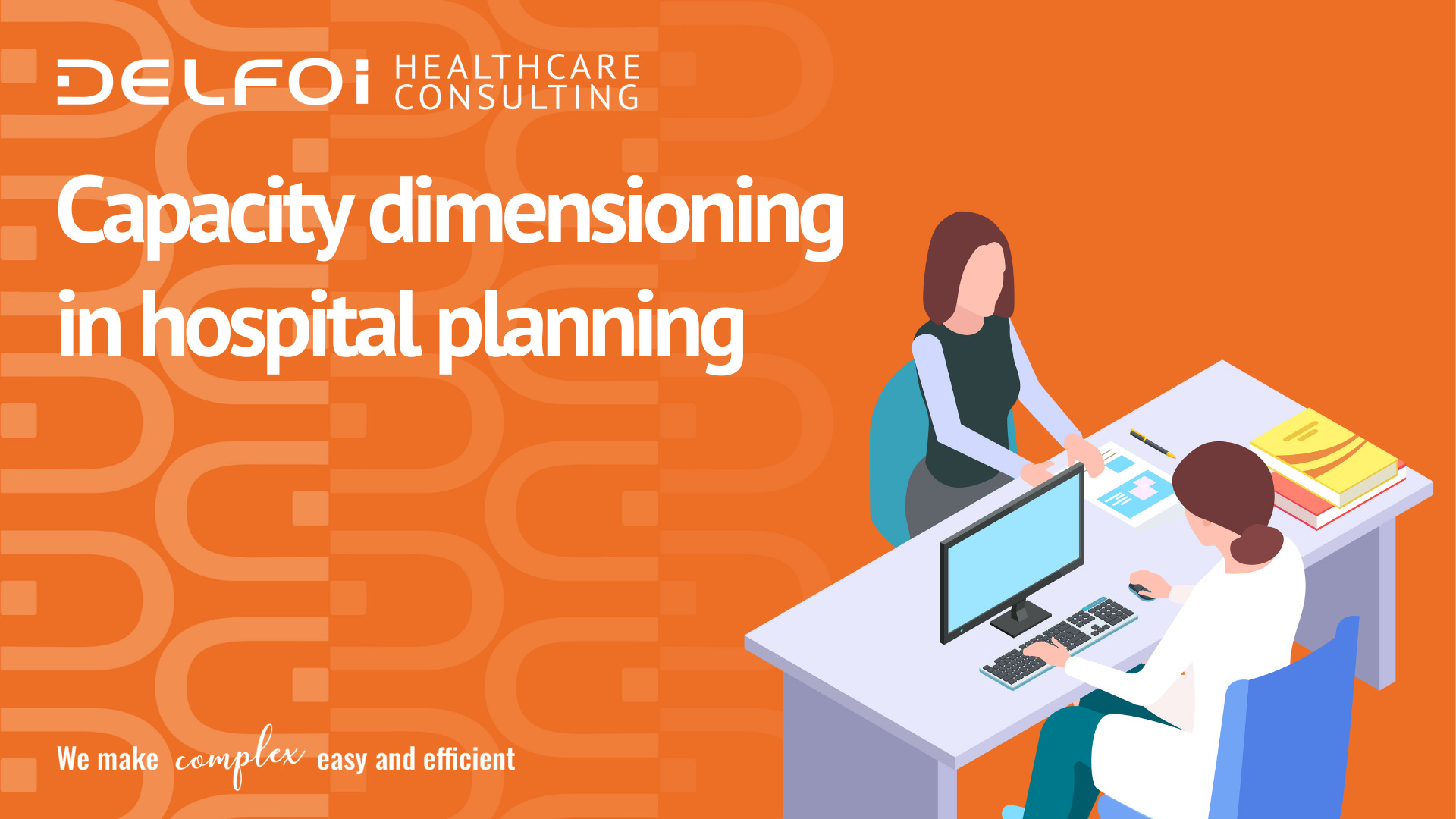Hospital design and conceptualisation of operational models
-
- Hospital design and conceptualisation of operational models
- Simulation of service processes and logistics
- Service network planning
- Project management support and change management
- Streamlining and optimising care processes and patient flows
- Performance analysis, service forecasting and knowledge management
- Delfoi Planner for Healthcare
- References
- Latest

Demand-based planning is a prerequisite for the development of operational concepts. Master Plan design and comparison of alternatives support decision-making.
The starting point for hospital design and healthcare process reform is to find new ways of working to meet growing and ever-changing customer demand in the future by providing top-quality care in the most cost-effective way. New approaches and processes will streamline the patient flows while supporting the optimal allocation of scarce human resources to appropriate tasks.
Through future operational concepts, the Delfoi Healthcare Consulting team can identify the productivity target for change projects. Productivity potential refers to the ability to do more with less and streamline processes. When designing facilities, process re-engineering is the key, with operational costs being many times higher than design and investment costs.
When designing a logistic entity, the people and material flows through the hospital must be considered, which are essentially related to the layout and dimensioning of facilities, connections and operations. Significant cost efficiency can be achieved in hospital operations by rationalising and streamlining hospital flows.
The Delfoi Healthcare team supports its customers in a wide range of social and healthcare process planning, helping with masterplan and logistics planning, comparing different implementation options (read more about network planning) and advising on the development of new operational concepts and their correct dimensioning needs (read more about simulation).
Master Plan design and comparison of alternatives support decision-making
The Master Plan design for new hospital campuses requires an understanding of how people and material flows between different parts of the hospital building and how viable the different options are in the bigger picture to support decision-making. The location of operations also needs to consider how the operations are planned to be developed and whether the development objectives will be met under all location options. Master Plan options can be studied and compared through simulation. In selecting the final Master Plan option, the different space and location plans are scored according to the objectives defined in the project.
The main methods used in Master Plan design and comparing alternatives are:
- Analysis of patient flows
- Analysis of the interconnection needs between functions
- Development workshops
- Simulation of Master Plan options
- Scoring of space and location plans
Demand-based planning is a prerequisite for the development of functional concepts
Functional planning aims to design and develop care processes to meet future service needs and care practices. It aims to take account of demographic changes and the impact of changes in specialty-specific morbidity on future patient numbers. The aim is to provide a comprehensive picture of future hospital operations and practices. The new target concepts will go beyond the boundaries of a single operation or specialty and cover more holistically the different steps of the care and service processes.
The right approach to sizing new premises is demand-based planning. Functional planning includes demand-based, production-based, resource-based, and experience-based sizing criteria.
Functional planning and conceptualisation of operational models brings all these things together.
This is how demand-driven operational planning is focused:
- Conceptualising the future target business models for the operations
- To reconcile operational concepts with, for example, logistics concepts
- Aligning operational concepts with broader strategic objectives
- Verifying readiness for change in the implementation of concepts at a sufficiently early stage
Have you noticed a growing trend in the world where the direction of welfare services is away from hospital services and towards more diverse outpatient, mobile and remote services? And maybe wondered ‘how should the changing care processes, changing volumes and changing resources be considered while calculating the amounts of spaces and other resources for future hospital’s programs?’ During the last 20 years this trend has been seen in Finland too and based on their expertise Delfoi can answer this question in a framework they have composed. Framework of Capacity Dimensioning Principles in Hospital Planning – Case Outpatient Department presents cases where this framework has been used.
What impact does the renewal of operating models have on the productivity of social and health services and what should be taken into account in the sizing and logistical planning of new premises?




